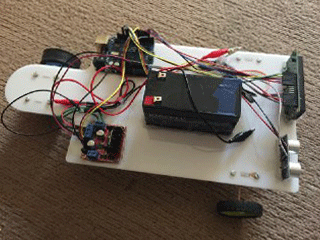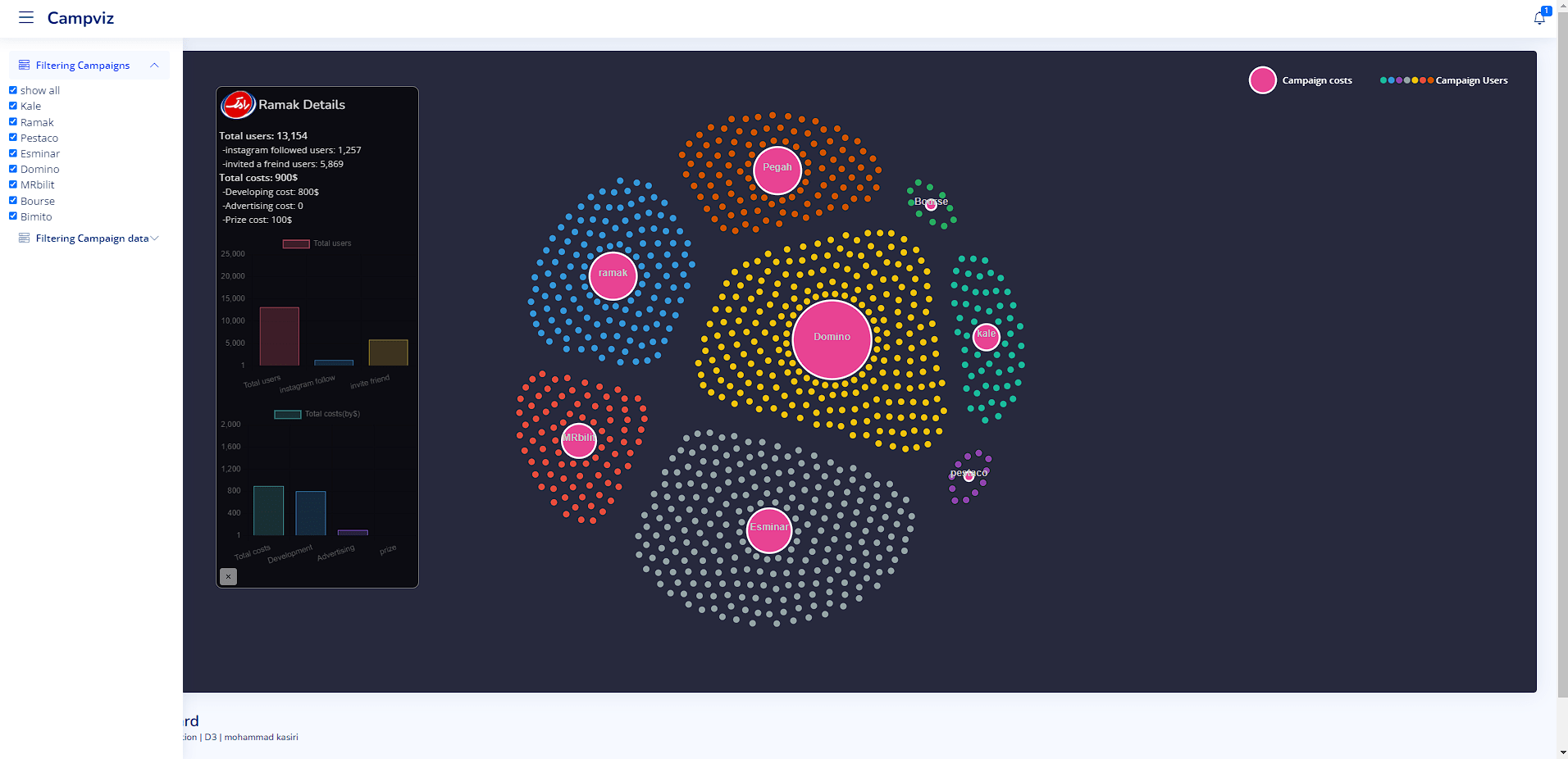About Me
01Hello!
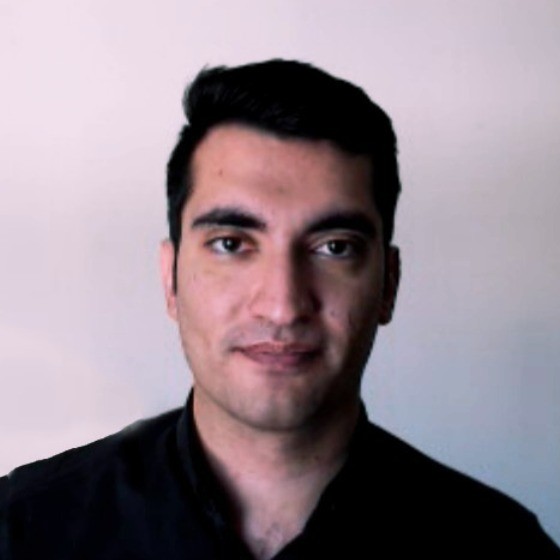
I'm Mohammad Kasiri
I'm a researcher and developer working with VR/XR and 3D graphics, interactions and visualization techniques. I develop 3D systems with many technologies including Unity, Oculus Quest, Unreal Engine, WebGL, OpenGL and Vulkan.
My Education
I have always had a strong interest in technology and how it can be used to communicate and convey information, whether in video, audio, graphics, or animation. So, I tried my best to be admitted to the best universities in Iran, and I chose electrical engineering at the Isfahan University of Technology. The first years of my undergraduate studies were not as exciting as I expected, and I did not feel satisfied with the theoretical courses. As I delved deeper and explored other areas of technology, I became increasingly drawn to the field of multimedia. In my senior year of studying electrical engineering, I joined BOKS company and developed my passion for interactive media, and gained experience as an adver-game designer and developer. My work involved designing and developing interactive experiences that leveraged technology’s unique capabilities to engage users and promote products or services. In doing so, I tried and utilized various technologies, such as Microsoft Kinect, microcontrollers, game engines, and multiple sensors, to create interactive advertisements (video links). Working in a small startup gave me surface-level experience in interactive media, such as advergames and serious games. So, I decided to continue my education in multimedia to deep-dive, and then I studied for Iran’s Nationwide University Entrance Exam. Due to my excellent performance on the exam, I was able to continue my studies at Tabriz Islamic Art University, the only university in Iran that offers a master’s degree in multimedia.
As a graduate in Electrical Engineering and a Master’s student in multimedia, I have developed a strong foundation in both technical and creative fields. Through my coursework and research experiences, I have gained knowledge in various areas of Engineering, including mathematics, statistics, soft computing, and control systems. My studies in multimedia have also equipped me with expertise in computer graphics, computer vision, machine learning. This interdisciplinary background has allowed me to approach problems from different angles and provided me with diverse skill sets.
Master Thesis
My master’s thesis is “Analysis of Body Gesture as a Nonverbal Communication in Metaverse,” in which I utlized WebGL and computer vision technologies. I aim to enhance the nonverbal communication experience within a virtual three-dimensional (Social VR) setting. I achieved this by capturing the user’s hands movements using an RGB webcam and replicating them onto a 3D avatar. This technology will allow users to express themselves more effectively through physical gestures and movements, thus creating a more immersive and engaging virtual environment (github link) (final application).
Research
02Publications
A substantial portion of my work at the graduate level has involved researching multimedia technologies, and I have developed several media projects for my master’s courses.
“Visualization of advertising game campaigns data for comprehensive analysis.”
In 2022, I wrote a research paper titled “Visualization of advertising game campaigns data for comprehensive analysis.” This paper was the final project of the data visualization course, and I am proud to mention that I achieved a perfect score of 20 out of 20 for it. In this project, I leveraged my skills in web development and utilized the D3.js library to design an interactive web application. This application visualized advergame data, allowing for analysis and interpretation (github link) (video). Furthermore, I had the privilege of presenting it at the CGCO 2022 conference in Iran.
"Personnel Selection in Multimedia Projects: A Case Study of Designer Selection"
The final project of “Project Management“ course (Paper_Link)
“Designing and analyzing the effect of «Sargent» Kinect-based serious game on the lower body muscles of male students of Tabriz University of Islamic Arts”
Biennial International Congress on New Challenges of Sport Sciences and Health on the Silk Road, 2022 (video) (GitHub and Paper Link)
“Analysis of Body Gesture as a Nonverbal Communication in Metaverse,”
My master’s thesis is “Analysis of Body Gesture as a Nonverbal Communication in Metaverse,” in which I utlized WebGL and computer vision technologies. I aim to enhance the nonverbal communication experience within a virtual three-dimensional (Social VR) setting. I achieved this by capturing the user’s hands movements using an RGB webcam and replicating them onto a 3D avatar. This technology will allow users to express themselves more effectively through physical gestures and movements, thus creating a more immersive and engaging virtual environment (github link) (final application).
My Projects
03Mo-Taverse
This app is part of my master's thesis “Analysis of Body Gesture as a Nonverbal Communication in Metaverse.” We aim to enhance the nonverbal communication experience within a virtual three-dimensional (Social VR) setting. The application captures the user's hand movements using an RGB webcam and replicates them onto a 3D avatar.
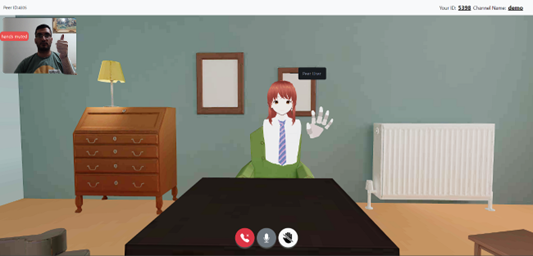
CPU Renderer
In this project, I try to develop a simple (based on C programming language and SDL library) 3D rasterization renderer, which works entirely on the CPU.
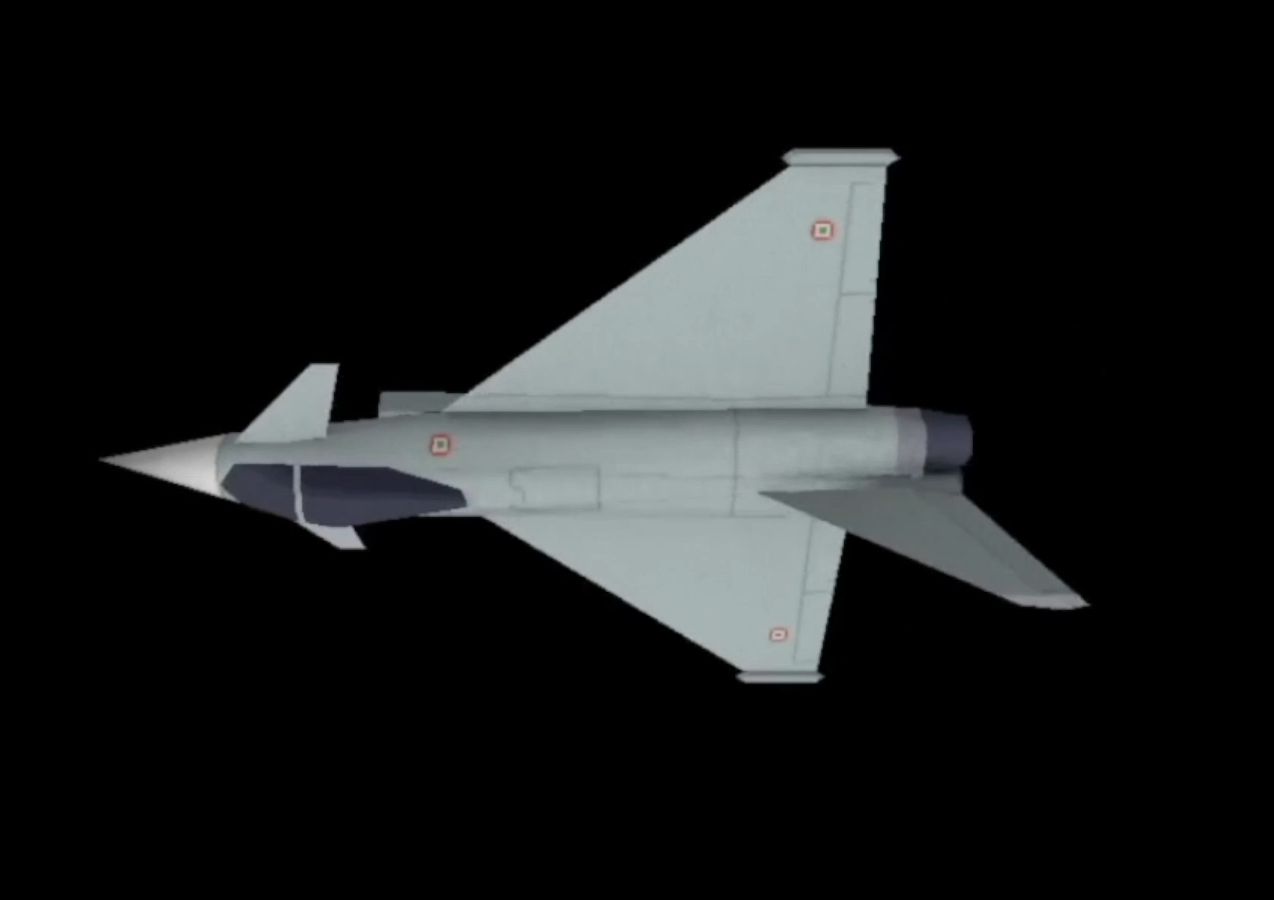
Short Animation
Short Animation for Master's VFX course in Unreal Engine, Blender, SubstancePainter, MarvelousDesigner
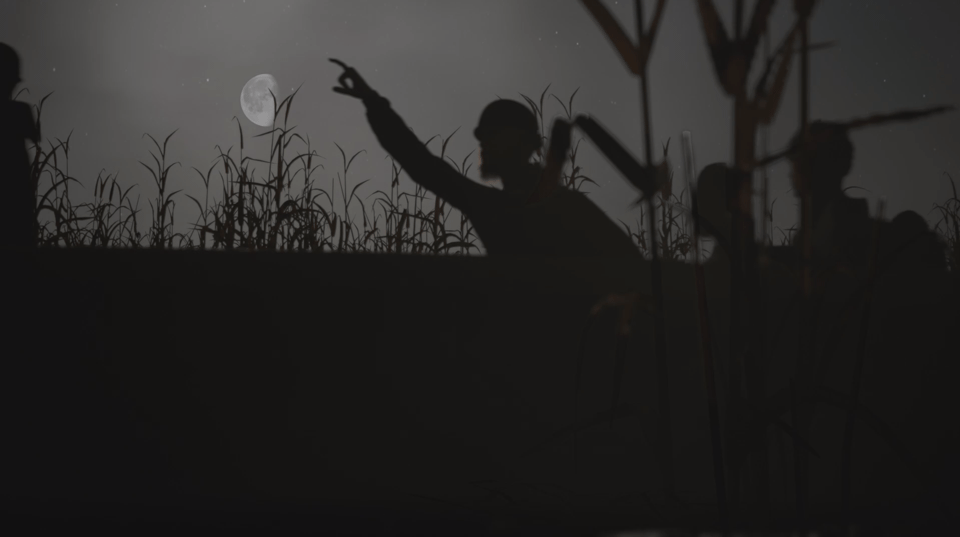
Catch-Ball Game
Multiple sclerosis (MS) is a condition that can affect the brain and spinal cord, causing a wide range of potential symptoms, including problems with vision, arm or leg movement, sensation, or balance. We have designed an exergame using computer vision for arm rehabilitation in individuals with multiple sclerosis.

Labels in 3D Environment
When exposing ideas in a digital environment it is often important to create labels for objects and correctly place them. This holds true for 3D applications.
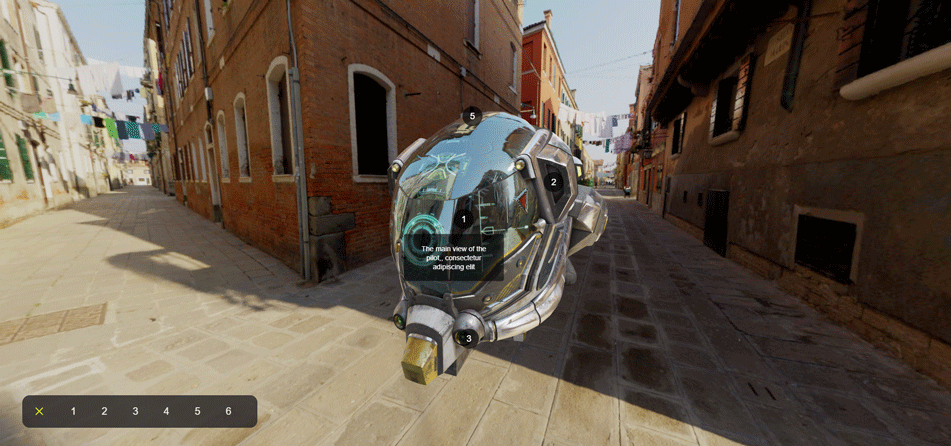
WebXR Labels in Virtual Reality
When exposing ideas in a digital environment it is often important to create labels for objects and correctly place them. This holds true for Virtual Reality.
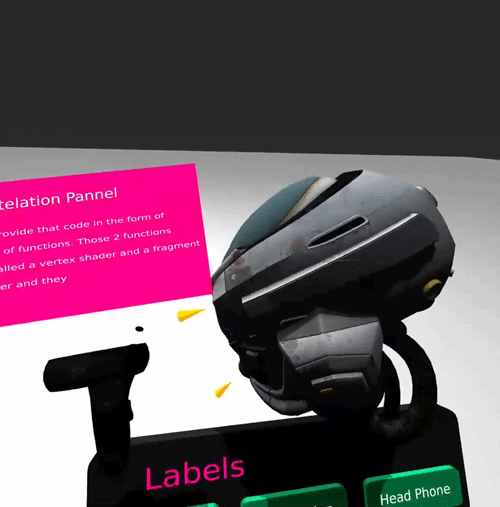
Remote PID Controller Robot
The objective of this project is to develop a distance-sensitive robot capable of maintaining a safe distance from objects in front of it while responding to input commands for movement and positioning via a mobile device. The robot's control is achieved through a PID controller, which receives control variables and distance information from a smartphone application.
